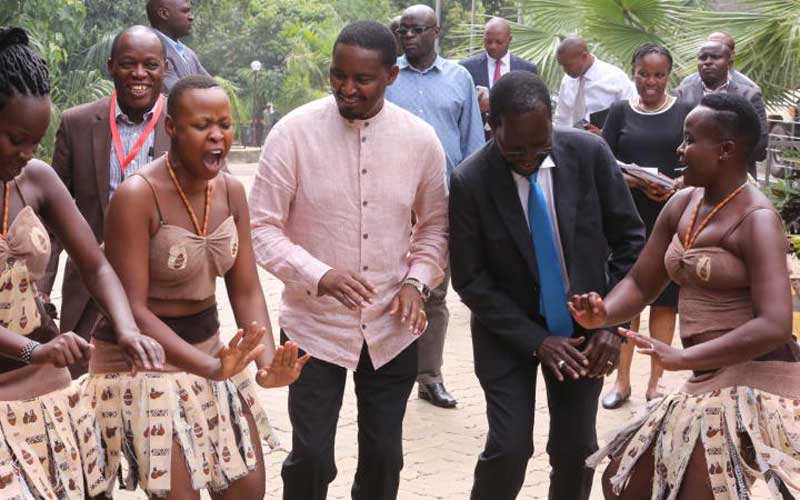×
The Standard e-Paper
Join Thousands of Readers

A senior State official has blamed leaders in Nyanza for the failure of Kisumu Port to contribute suitably to the region’s economy.
Speaking during the Lake Region Blue Economy Conference in Kisumu, Agriculture Cabinet Secretary Mwangi Kiunjuri said operations at the port have stagnated because local leaders only wait for the National Government to put up infrastructure at the port.